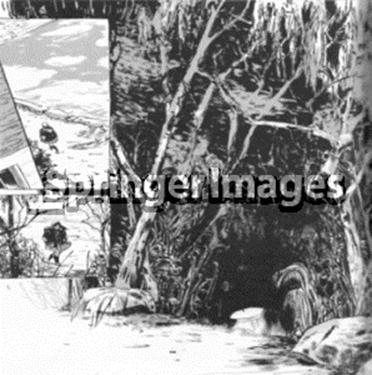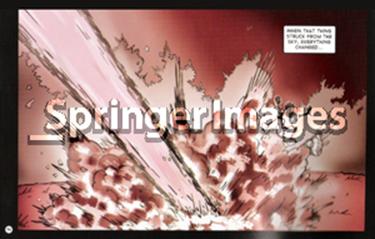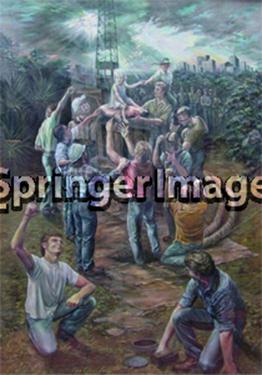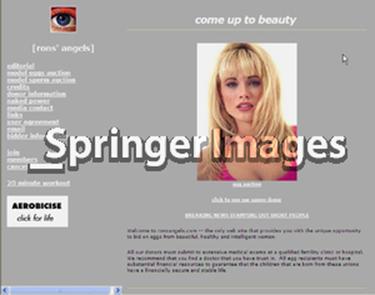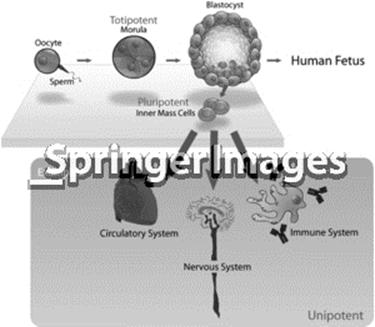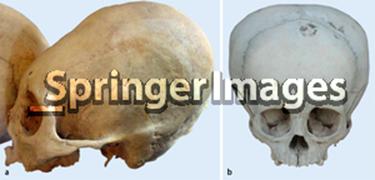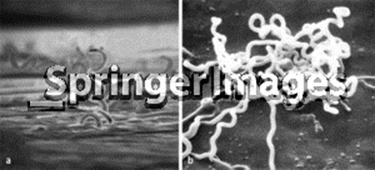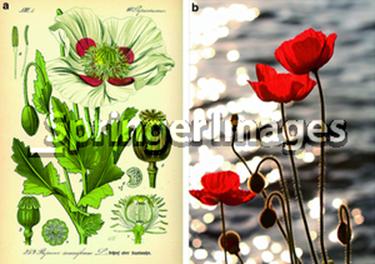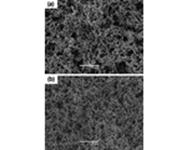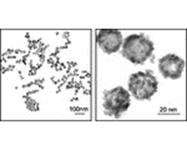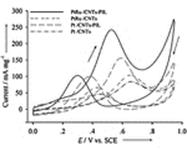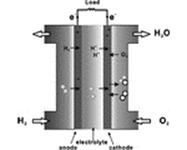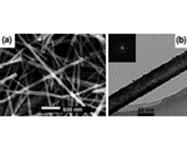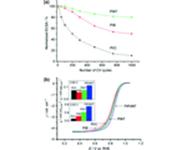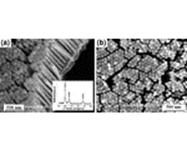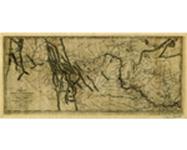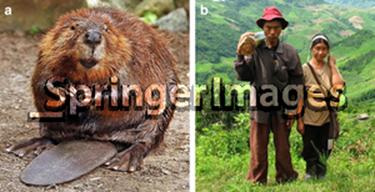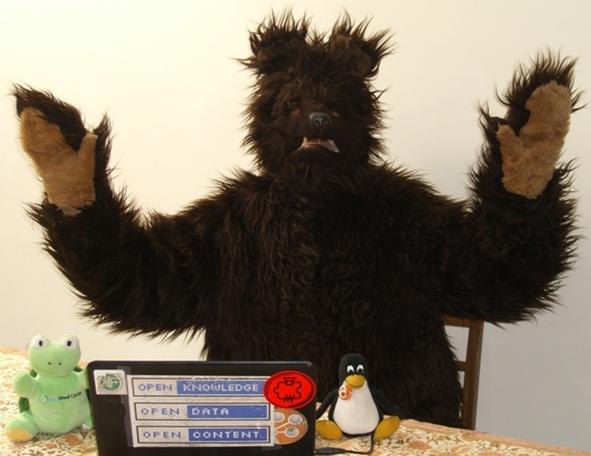Springer have given an answer to some of my questions – I interleave my comments
SpringerOpen
5:26 PM (edited) – Public
Springer Statement on Springer Images
5 June 2012
>>We have contacted Peter Murray-Rust, a blogger, to discuss Springer Images. Mr Murray-Rust has drawn attention to problems with the www.springerimages.com website and Springer is working flat out to correct them. Mr Murray-Rust has, on his blog (/pmr/2012/06/05/springergate-update-from-bettina-goerner-and-some-explanations-i-urge-that-scientific-images-should-be-free-as-in-speech-for-everyone/), made allegations that are untrue and we would like to respond to them.
If Springer can show to my, and public satisfaction that any of my statements are untrue, then I will retract them.
>>An image that shows up on Springer Images must first be published in a Springer book or journal via the normal publication process, including delivery into our publishing content system. The image is then delivered for display on Springer Images (with the appropriate copyright attribution as determined by the metadata).
There is nothing on the “About” page (http://www.springerimages.com/about.aspx ) that makes this statement. If you can point to a public page that states where Springer Images are obtained from, please do so.
>>We screen for keywords in the caption (in both English and German) that indicate that an image is “used with permission” or “copyright” of someone else to make a decision whether to include an image or not.
“With permission” may very well grant permission for the image to occur in a journal article but not to be resold in a database. See comment about your copyright transfer form. at the end. Do you EXPLICITLY ask authors in Springer journals to obtain permission to include the images in SpringerImages?
>>It is, however, possible that an image is used by an author without correct attribution, i.e. that correct attribution is not indicated in the caption. Unfortunately, as a result, the incorrect copyright attribution displays on Springer Images. However, we would like to make it very clear that, in every case where this is brought to our attention, we remove the images manually, usually on the same day the problem is reported.
Noted.
>>This hardly constitutes “mass copytheft”. /pmr/2012/06/04/springer-asserts-copyright-over-wikimediawikipedia-content-technical-incompetence-or-mass-copytheft/
Mr Murray-Rust not only attributes the problem incorrectly to Springer Images, but also insinuates that Springer is selling commercial rights to use images that are already open access. This is not only outrageous and blatantly false, it also damages our reputation.
That was the clear impression given for my own material. Whether or not it was a “glitch” that is effectively what you site stated. Errors are not a defence. Errors damage people’s reputations.
>>Open access images on Springer Images are open access, full stop. They are available for use according to the relevant open access license of the publication.
Springer uses “Open Access” to cover CC-NC as well as CC-BY. So it is not a useful term here. When I inspected the Springer site I could not find ANY CC-BY licences exposed.
>>In this particular case, the type of OA license is listed incorrectly and ensuring that it is listed correctly is what we are working on solving. Also, for some images coming from OA articles, the copyright reads Springer or BioMed Central but should read “The authors”. This is something we are in the process of fixing as well.
This is not just a question of Biomed Central, it also applies to Wikipedia and many other sources. The licence of the publication may not reflect the rights on the image.
>>Licenses for Springer Images do not cover the OA content, only the content for which Springer owns the copyright.
I do not understand this. Maybe it will be clearer when the site is mended
>>The larger implication, that Springer is “stealing” copyright and the insinuation that Springer is attempting to profit from “ill-gotten gains” is false and we call upon Peter Murray-Rust to correct this allegation immediately.
I stand by what I saw on the site – my content had been systematically transferred to Springer. My investigations suggested that this was not confined to me.
The site is commercial. Springer receives money for providing the images (This was confirmed by your colleague).
If you feel I am impugning your motivation I will leave that to others to judge. I will therefore rephrase the statement that “on the days that I inspected the site there was widespread mislabelling of content (for whatever reason) and that statements were made that to access this content a subscription was necessary”. I will retract the word “theft” (as it implies motivation) on the expectation that Springer will give a clear public statement as to why this happened and to assure the world that they have not benefitted substantively from the mislabelling. To do this I would suggest they employ independent auditors.
It is not just the mislabelling of OA content such as BMC. My impression, which you are welcome to correct, is that non-OA Springer publications often include Open material such as Wikipedia content. This appears to have been transferred into SpringerImages for relicensing under Springer ownership and license. To correct this Springer will need to identify every such piece of content (not just the article) and correct the licence and relink back to the original source. I will note that many images have no link back to any source, which in the case of CC-BY is anyway unacceptable. If these problems are all part of the glitch and if you can correct it I will re-comment.
>>Springer is one of the few large publishers that has enthusiastically embraced open access, and we are not in the business of hoodwinking our customers or the researchers we work with.
Noted. I support much of what BMC does. I note that your CEO does not expect OA to be more than a minor part of your market.
>>That said, we are addressing the problems as quickly as we can and are grateful to the scientific community for their help in pointing out the problem.
Thank you.
>>Wim van der Stelt
Executive Vice President
Corporate Strategy
Springer Science+Business Media
I will point out that Springer’s transfer of copyright (www.springer.com/?SGWID=3-102-45-69724-0 ) that authors sign (for non-OA material) makes no explicit mention of commercial re-use in SpringerImages
The copyright transfer covers the exclusive right and license to reproduce, publish, distribute and archive the article in all forms and media of expression now known or developed in the future, including reprints, translations, photographic reproductions, microform, electronic form (offline, online) or any other reproductions of similar nature.
When authors approach a third party for permission to reproduce an image in a Springer publication do those authors also ask the third party for permission to have it reproduced and sold in Springer Images under Springer copyright? Ensuring permission to publish in a given journal is not the same as global permission to own all rights.
UPDATE:
The subscription to SpringerImages for an individual are from the Springer site:
SpringerImages Individual Subscription Rates
- SpringerImages: Medical and Life Sciences (Website + Mobile) — $395
- All Subjects (Website + Mobile) — $595
- SpringerImages: Medical and Life Sciences (Mobile Only) — $29.99 Click here for more details
- All Subjects (Mobile Only) — $49.99 Click here for more detai
So access to the full set – in which the currently mislabelled content is – is nearly $600 (presumably per year).

